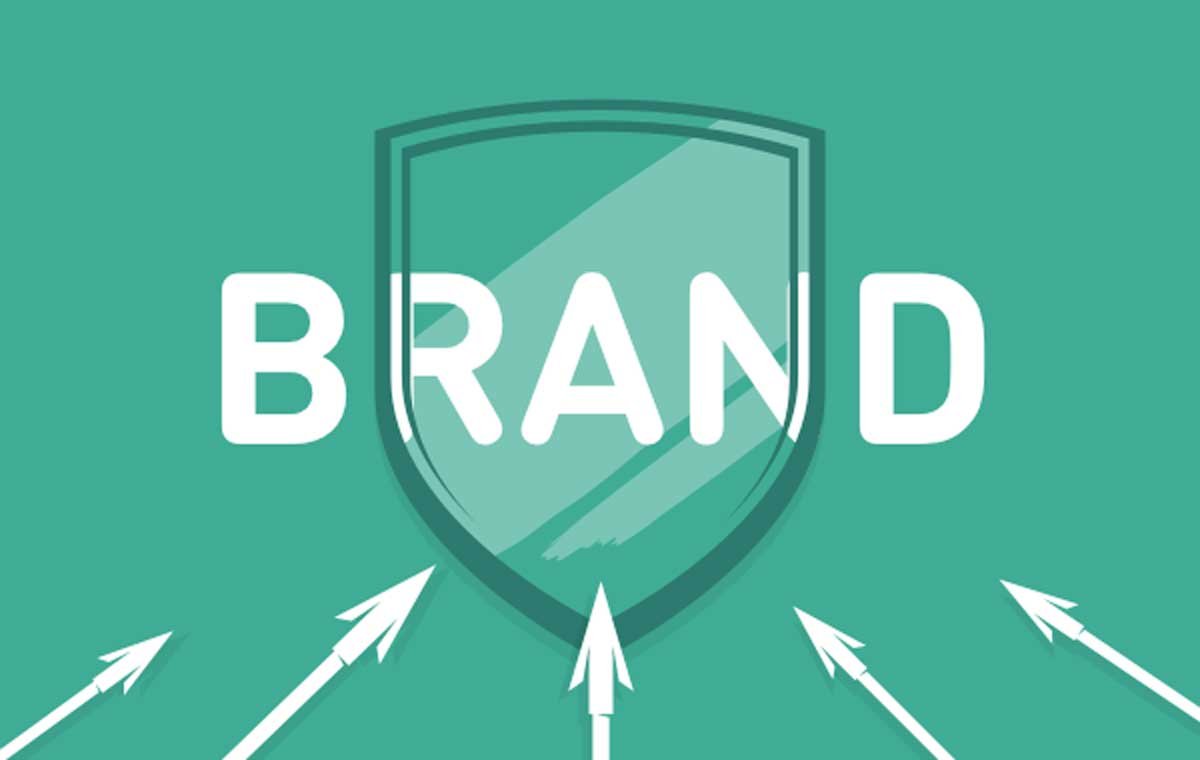A brand is the way customers and the general public perceive a certain business. It’s the image, story, and visual display of your business. All companies have a brand, whether they work on it or not.
However, if you want your brand to bring great results, you’ll have to take the right steps. That involves many different things, including brand protection, but before we talk about what it is and why you should do it, let’s get back to basics.
Why brands matter
Branding is essential in modern business. It’s never been easier to start a company. At the same time, more and more people are encouraged to become entrepreneurs and business owners. In general, this is a great thing.
But at the same time, it means that there’s more competition out there. The most effective way to stand out from the crowd and get noticed is by establishing a strong brand presence. Here are some of the top reasons why brands matter:
- Brands attract more customers
- Brands can inspire employees
- It helps companies stay memorable
- It improves marketing results
- Brands have greater financial value
What is brand protection?
Brand protection is an ongoing process that includes a set of practices to protect your brand’s assets. It can be focused on protecting intellectual property from various issues, including design rights, patents, copyrights, and counterfeits.
All of that helps prevent financial loss and gives a business more stability. At the same time, it gives more value to the whole organization while protecting its reputation and image. Simply put, this practice helps you protect your brand throughout.
There are many ways brands can be abused, including patent theft, social media copycats, trademark theft, rogue sites, counterfeiting, and so on. Each of them can seriously harm your brand, and this is why brand protection is so important.
How to perform brand protection
There are many different ways you can protect your brand. After all, there isn’t a single threat to your brand, and it’s important to implement measures that will give you the best results.
There are two different approaches to brand protection, including proactive and reactive. Here are some of the techniques in both of these approaches.
Proactive approach
Create a unique trademark – First of all, you can start with your name. Come up with a truly unique name so that there are no issues when trademarking that name. If you use something generic, it will be more difficult to trademark and protect it.
Get a trademark and copyright – You need to get licensed documents that prevent anyone from stealing your brand or products.
Monitor brand mentions – you want to find out if someone else is mentioning your brand, falsely representing themselves, or copying you. One of the best ways to do this is by using web scraping.
Implement non-disclosure agreements – it protects all the processes, practices, and innovations in your business. Consider NDAs with both partners and employees.
Acquire your whole branded domain. There’s a vast domain market out there, and people often purchase domain extensions similar to some other brands and ask for high prices. Buy all your domain versions to ensure this doesn’t happen.
Reactive approach
We mentioned several proactive brand protection methods. As the name itself implies, it’s a series of actions you need to make in advance to protect your brand. On the other hand, proactive protection is all about meeting threats as they come.
Let’s explain with an example. If someone purchased a part of your domain and this is damaging your brand, you would have to acquire that domain from them once this happens. On the other hand, if it doesn’t happen, don’t do anything.
Which one is better?
Proactive brand protection is calculated, pinpointed, and planned effort. It includes taking several logical steps to protect your brand from many potential issues in the future. It’s more of an “offensive” approach where you attack issues before they arise.
On the other hand, the proactive approach is about defense. It includes setting up strategies to help you protect yourself in case of any brand issues. There’s an on-going debate about which one is better.
However, the truth is that you need to do both. Make the necessary proactive steps and prepare yourself for the worst. With both approaches, you’ll be able to tackle any issues that come along while reducing brand infringements to a minimum.
Conclusion
If your business is selling products, you need to protect your assets as soon as possible. Companies that work in design have lots of brand value or have innovative products need to protect their brands as they rely on them to make a profit. It’s especially important today when every business has an online presence.


















Comments